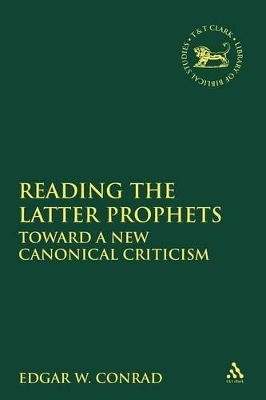Journal for the Study of the Old Testament Supplement S.
1 primary work • 2 total works
Book 327
Vain Rhetoric explores how Ecclesiastes manipulates various strategies from the arsenal of ambiguity to communicate the strengths and limitations of both private insight and public knowledge. The Book of Ecclesiastes, like many ancient and modern first-person discourses, generates ambivalent responses in its readers. The book's rhetorical strategy produces both acceptance of, and suspicion towards, the major positions argued by the author. 'Vain rhetoric' aptly describes the persuasive and dissuasive properties of the narrator's peculiar characterization. It also describes how the Book of Ecclesiates, with its abundant use of rhetorical questions, constant gapping techniques, and other strategies from the arsenal of ambiguity, is a stunning testimony to the power of the various strategies of indirection to communicate to the reader something of his or her own rhetorical liabilities and limitations, as well as those of the religious community in general.
v. 376
Edgar W. Conrad focuses on the prophetic books as composite collections and shows that: Prophets are characters in the text, depicted as figures of the past whose words are significant for a later time. Reading and writing play a central role in the depiction of prophets. Prophetic books are presented as written words available to later generations through reading. Read as a whole, The Latter Prophets depicts the end of prophecy and the emergence of messengers of the Lord. Reading the Latter Prophets is an important contribution to the problems of both the formation and function of the prophetic literature. This is volume 376 in the Journal for the Study of the Old Testament Supplement Series.

